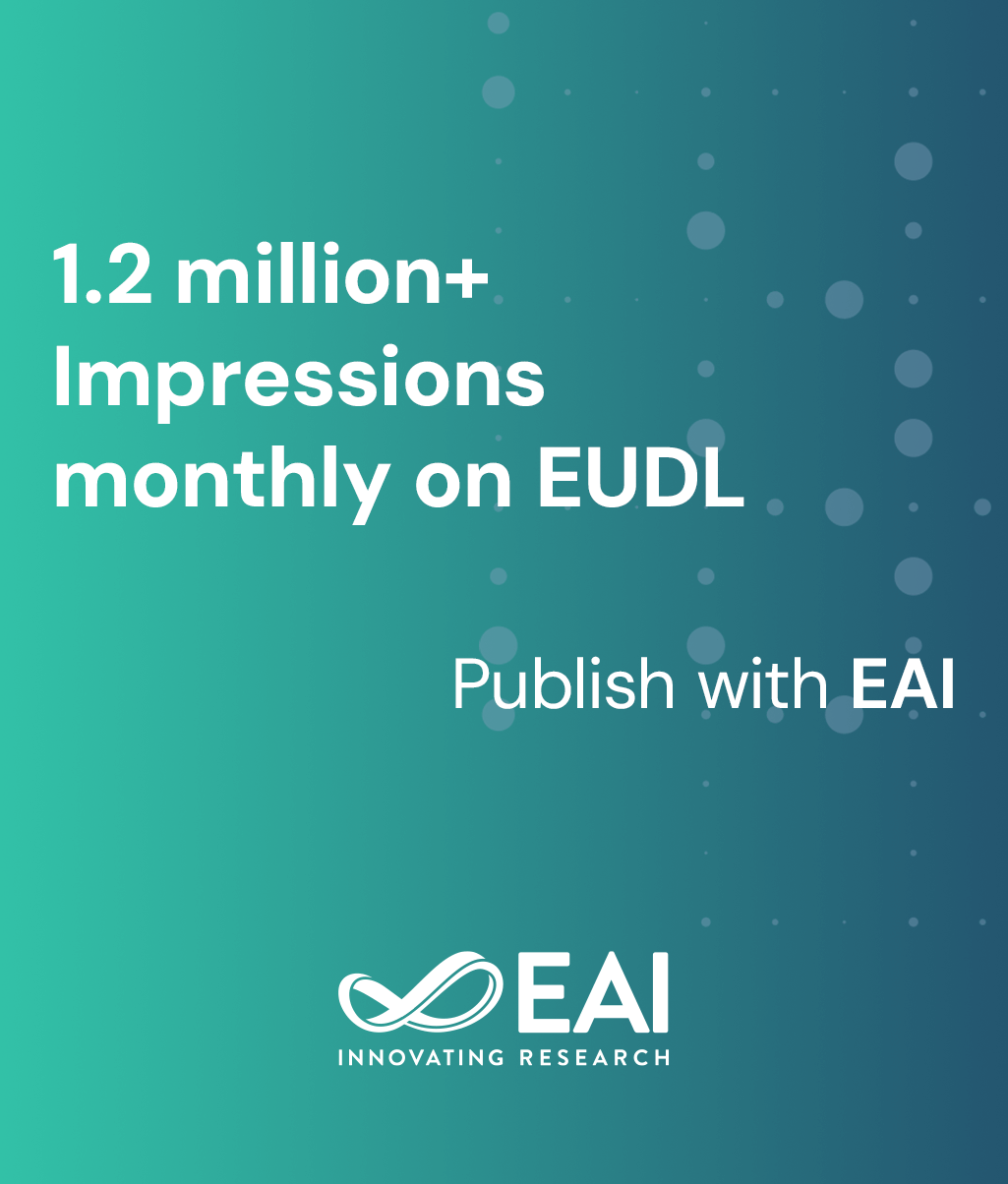
Editorial
Two-stage high-frequency switching power supply device design study
@ARTICLE{10.4108/ew.4241, author={Lijuan Zhang}, title={Two-stage high-frequency switching power supply device design study}, journal={EAI Endorsed Transactions on Energy Web}, volume={12}, number={1}, publisher={EAI}, journal_a={EW}, year={2025}, month={4}, keywords={PWM rectifier, DC-DC converter, High frequency switching, Power supply unit}, doi={10.4108/ew.4241} }- Lijuan Zhang
Year: 2025
Two-stage high-frequency switching power supply device design study
EW
EAI
DOI: 10.4108/ew.4241
Abstract
The current volume and efficiency of high-frequency switching power supplies in power supply system cannot meet practical requirements. Therefore, a modular equipment was studied to optimize the design of PWM rectifiers and DC-DC converters, and corresponding control strategies were adopted. At the same time, experimental verification was performed. The experimental results show that before using the control, there are two large secondary voltage ripples in the PWM rectifier, with an amplitude of approximately 8 V; After using the control, the amplitude was approximately 1 V, a decrease of 87.5%. In addition, the DC-DC converter module may have fluctuations when it is lifted, but the amplitude of the voltage wave remains basically 62 A after steady state. In practical applications, the ripple is controlled at 1 V through the proposed control method, and the actual displayed current is a relatively standard sine wave with a low distortion rate. Meanwhile, compared with other methods, the efficiency of the studied method is as high as 89.110%. Overall, the control strategy proposed by the research institute can effectively control the front and rear modules in theory. In practical applications, it can effectively improve the power output and reduce the pollution in the power grid. It has high effectiveness and feasibility in practical industrial application.
Copyright © 2025 L. Zhang, licensed to EAI. This is an open access article distributed under the terms of the CC BY-NC-SA 4.0, which permits copying, redistributing, remixing, transformation, and building upon the material in any medium so long as the original work is properly cited.


